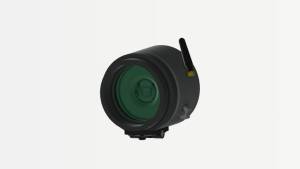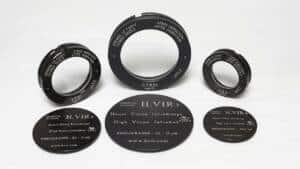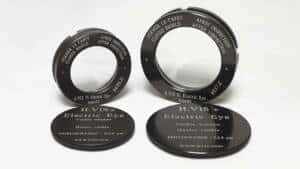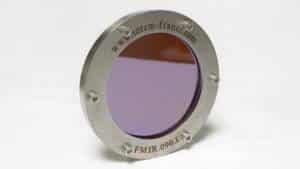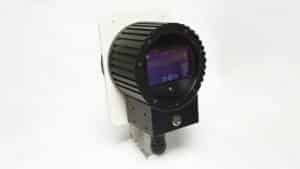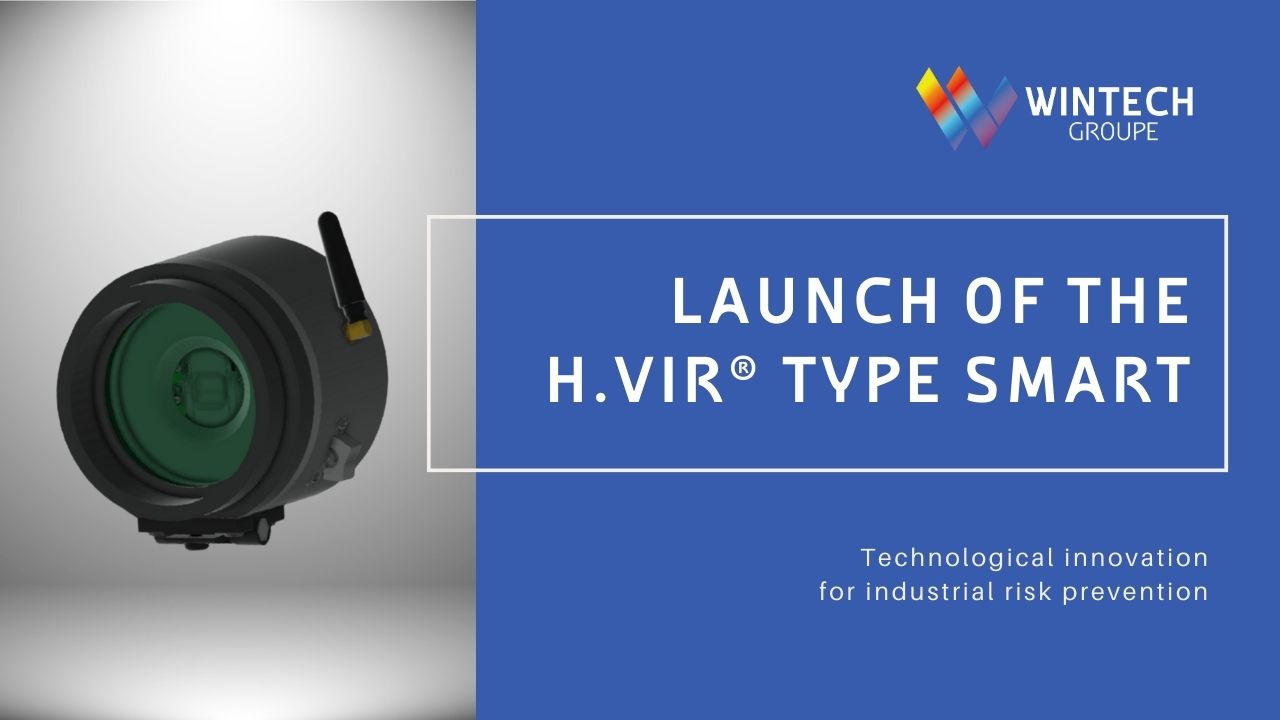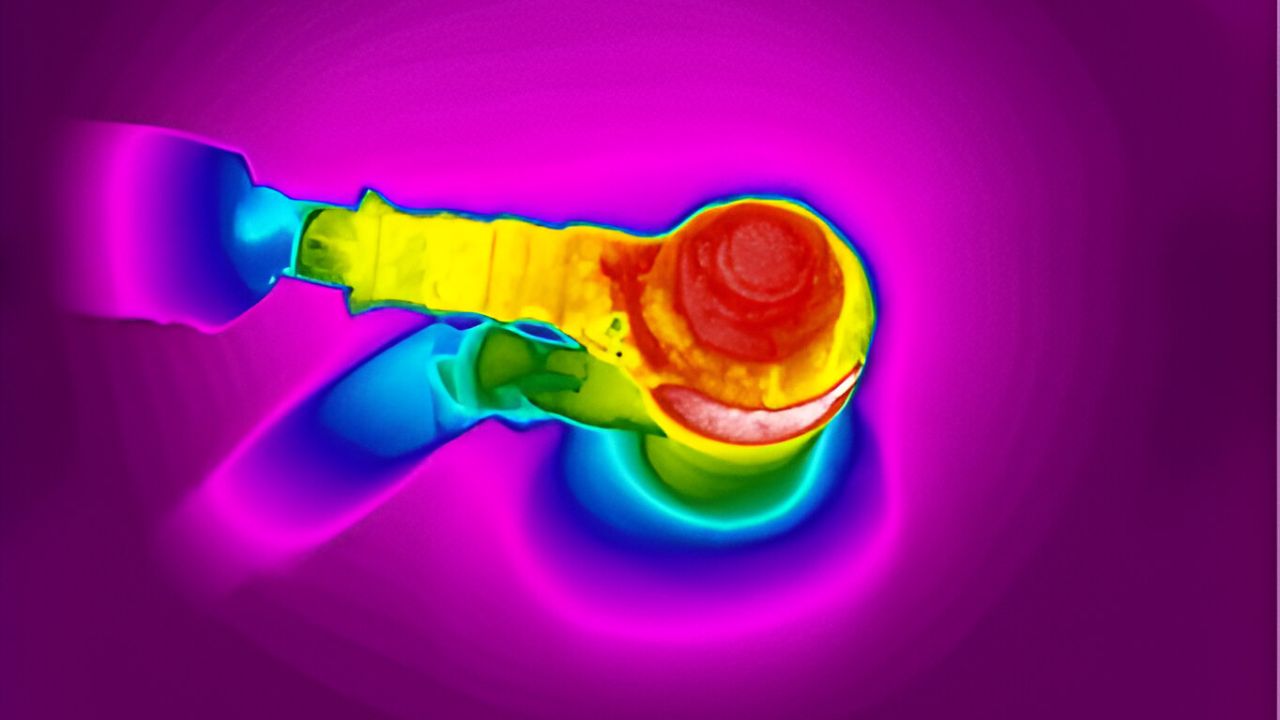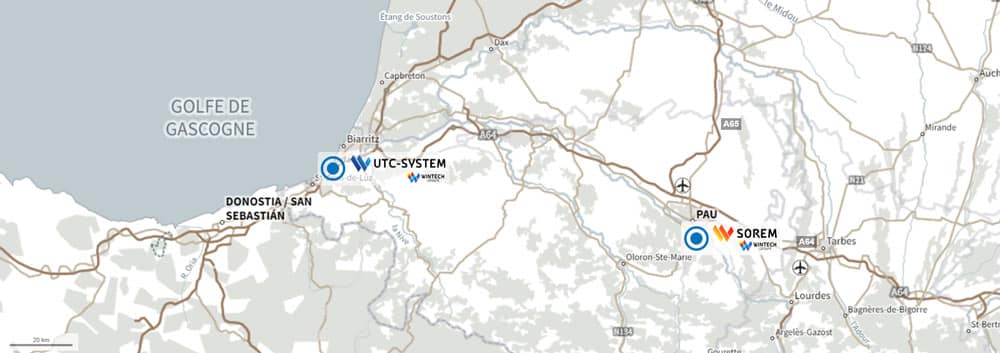New Technologies to Detect the Outbreak of Fires
A burning factory has catastrophic repercussions, both for the safety of the people inside and for the economic health of the company occupying the premises. Although there are many fire detection technologies that are essential for limiting damage, they are not always capable of detecting fire outbreaks at their earliest stage. So how can we go further? Are there new technologies available today that can predict fires even before they start?
Fires: a major risk for industry
Data from the UK government shows that there have been around 2,000 fires in industrial premises each year. Although fires in the industrial sector only account 2% of fires overall, their consequences are no less devastating for the businesses involved, not to mention the fact that they are extremely dangerous for workers, neighbours and to the environment.
When they do happen, these events regularly make the news because of the scale of the damage they cause. One example is the fire at the Lubrizol chemical plant in September 2019 classified as a Seveso high threshold facility, which caused major damage, environmental pollution and disruption to the region’s economic activities. The fire at the OVH data center in Strasbourg in March 2021, the exact cause of which remains unknown to this day, resulted in the destruction of thousands of computer servers and the loss of critical data for many corporate customers.
These recent examples remind us that fires are still a major risk for industry. Some sectors are particularly exposed, notably those that handle or store flammable materials (chemicals or self-combustible products, such as lithium batteries), or those that use production processes requiring high temperatures (hot-spot work). There are many situations that can lead to a fire starting, ranging from electrical faults to uncontrolled chemical reactions, not to mention a lack of vigilance or neglect of safety standards.
These risks highlight the need to improve prevention and early detection of fire outbreaks. Traditional detection technologies, such as optical smoke detectors, heat detectors, and flame detectors, have their limitations and do not always enable rapid and effective intervention. So it’s crucial to use new technologies that can spot the early signs of a fire. These innovations offer companies and local authorities the chance to take preventative measures more quickly, limit material damage and guarantee the safety of workers.
Autonomous, connected infra-red detectors can reduce the risk of fire
With a view to going even further in the field of prevention, UTC-System, a subsidiary of Wintech Groupe, has developed the first autonomous infra-red detector. The UTC is a major breakthrough: more than just a detector that activates when a fire has already started, this revolutionary product is capable of predicting fire outbreaks well before the first visible signs appear. Thanks to its ability to detect abnormal temperature rises quickly, the UTC enables proactive monitoring of high-risk industrial sites.
One of its key advantages over the most common fire detectors is its autonomous operations. Continuously connected to the Internet, this device, equipped with a thermographic camera, can send alerts (instant SMS and emails) coupled with real-time data, whatever time of day or night. As a result, sites equipped with the UTC no longer need to plan preventative maintenance or take temperature readings: they can do so continuously. This predictive maintenance represents a new opportunity for the industrial sector, as it enables immediate reaction to any abnormal situation.
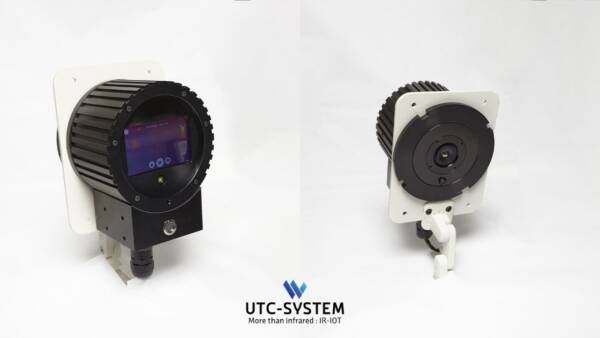
Another of its strong points is the ability to set a critical temperature threshold to trigger an initial notification. This product can therefore be adapted to the nature of the sites to be monitored and the activities taking place there. Finally, if a fire is detected, the UTC will also trigger an audible alarm (for those who are not on site, an instant text message and email is also delivered) within the building, to enable the people inside to evacuate in complete safety.
The UTC, the first connected thermographic detector, represents a major breakthrough in the early detection of fires in industrial environments. Its ability to rapidly analyse temperature variations, its adjustable alert threshold settings and its continuous monitoring make it one of the most powerful tools for fire prevention to date. By adopting this solution, companies can move from preventative maintenance to predictive maintenance, so as to anticipate failures and ensure the safety of workers and the preservation of their business.
A burning factory has catastrophic repercussions, both for the safety of the people inside and for the economic health of the company occupying the premises. Although there are many fire detection technologies that are essential for limiting damage, they are not always capable of detecting fire outbreaks at their earliest stage. So how can we go further? Are there new technologies available today that can predict fires even before they start?
Fires: a major risk for industry
Data from the UK government shows that there have been around 2,000 fires in industrial premises each year. Although fires in the industrial sector only account 2% of fires overall, their consequences are no less devastating for the businesses involved, not to mention the fact that they are extremely dangerous for workers, neighbours and to the environment.
When they do happen, these events regularly make the news because of the scale of the damage they cause. One example is the fire at the Lubrizol chemical plant in September 2019 classified as a Seveso high threshold facility, which caused major damage, environmental pollution and disruption to the region’s economic activities. The fire at the OVH data center in Strasbourg in March 2021, the exact cause of which remains unknown to this day, resulted in the destruction of thousands of computer servers and the loss of critical data for many corporate customers.
These recent examples remind us that fires are still a major risk for industry. Some sectors are particularly exposed, notably those that handle or store flammable materials (chemicals or self-combustible products, such as lithium batteries), or those that use production processes requiring high temperatures (hot-spot work). There are many situations that can lead to a fire starting, ranging from electrical faults to uncontrolled chemical reactions, not to mention a lack of vigilance or neglect of safety standards.
These risks highlight the need to improve prevention and early detection of fire outbreaks. Traditional detection technologies, such as optical smoke detectors, heat detectors, and flame detectors, have their limitations and do not always enable rapid and effective intervention. So it’s crucial to use new technologies that can spot the early signs of a fire. These innovations offer companies and local authorities the chance to take preventative measures more quickly, limit material damage and guarantee the safety of workers.
Autonomous, connected infra-red detectors can reduce the risk of fire
With a view to going even further in the field of prevention, UTC-System, a subsidiary of Wintech Groupe, has developed the first autonomous infra-red detector. The UTC is a major breakthrough: more than just a detector that activates when a fire has already started, this revolutionary product is capable of predicting fire outbreaks well before the first visible signs appear. Thanks to its ability to detect abnormal temperature rises quickly, the UTC enables proactive monitoring of high-risk industrial sites.
One of its key advantages over the most common fire detectors is its autonomous operations. Continuously connected to the Internet, this device, equipped with a thermographic camera, can send alerts (instant SMS and emails) coupled with real-time data, whatever time of day or night. As a result, sites equipped with the UTC no longer need to plan preventative maintenance or take temperature readings: they can do so continuously. This predictive maintenance represents a new opportunity for the industrial sector, as it enables immediate reaction to any abnormal situation.

Another of its strong points is the ability to set a critical temperature threshold to trigger an initial notification. This product can therefore be adapted to the nature of the sites to be monitored and the activities taking place there. Finally, if a fire is detected, the UTC will also trigger an audible alarm (for those who are not on site, an instant text message and email is also delivered) within the building, to enable the people inside to evacuate in complete safety.
The UTC, the first connected thermographic detector, represents a major breakthrough in the early detection of fires in industrial environments. Its ability to rapidly analyse temperature variations, its adjustable alert threshold settings and its continuous monitoring make it one of the most powerful tools for fire prevention to date. By adopting this solution, companies can move from preventative maintenance to predictive maintenance, so as to anticipate failures and ensure the safety of workers and the preservation of their business.


